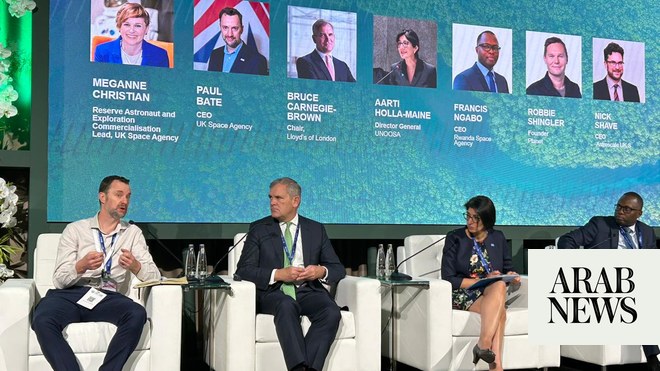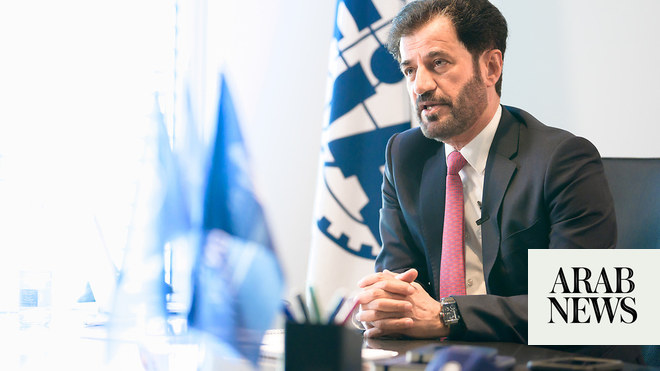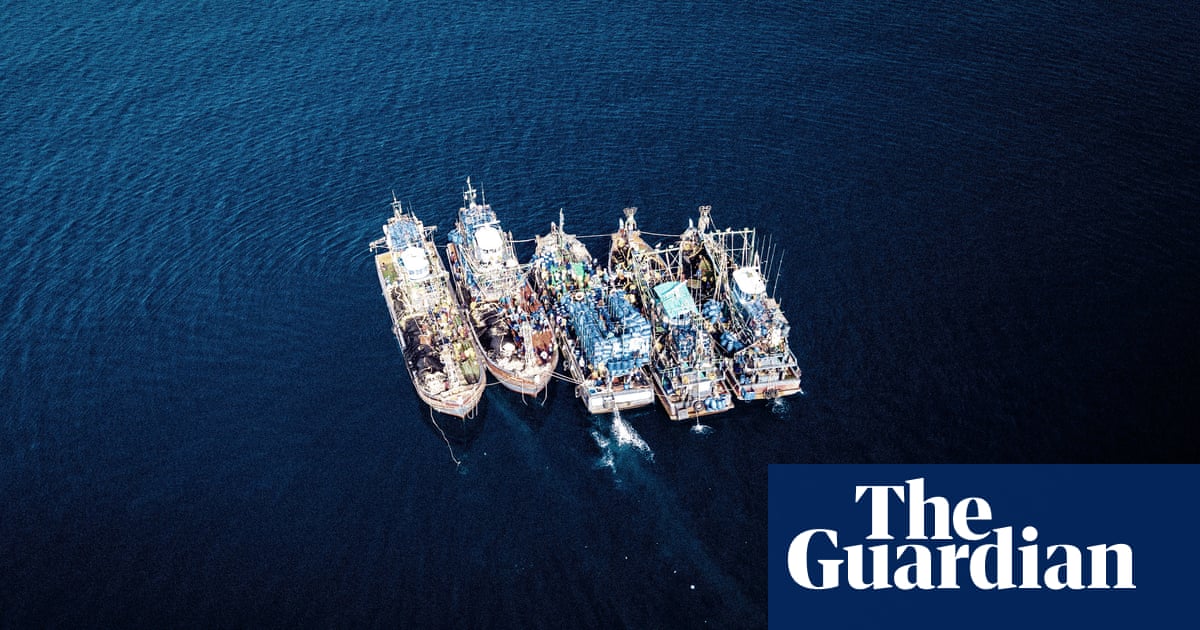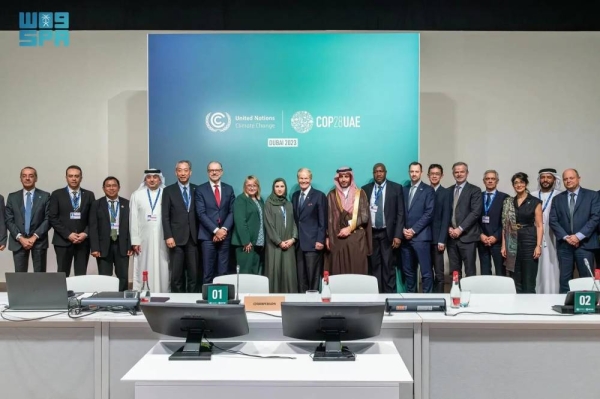
DUBAI: A threat to space sustainability has been underscored by experts at COP28 in Dubai, shedding light on the escalating impact of increased human activity.
During a panel on “Sustainability in Space,” the speakers noted that while space exploration programs were traditionally exclusively led by governments, the entry of the private sector has added complexity to the situation, with a significantly increased number of satellites being launched each year.
Bruce Carnegie-Brown, chairman, of LIoyd’s of London, a leading insurance firm, said: “We have seen some 9,000 satellites now in Low Earth Orbit, and that has doubled just in the last two years. So, the risks are going up, the frequency of potential collisions is going up, and the debris as a result is hugely on the rise.”
He added: “We need to put in place things at the outset that force people to clean up after themselves, rather than think about it as an afterthought.”
According to Nick Shave, CEO of Astroscale, a British space firm, the problem is even more severe. “There are 40,000 objects in space that are anything bigger than about a grapefruit. As you can see, there’s quite a difference in those numbers. And that’s because there’s a lot of fragmentation. We’ve seen different pieces of debris or debris and satellites hit each other and create fragmentation,” Shave explained.
The increasing incidents of space collisions are even more concerning as the debris simply stays in orbit for decades or even longer, and it is difficult, if not impossible, to remove, warned another expert.
“If you are in the ocean, or you’re on land or in the air, if something breaks, it kind of comes down, and then you can easily pick it up. If something breaks in space, it’s up there for hundreds of years,” said Robbie Schingler, founder of Planet Labs PBC.
However, experts added that technologies were being developed to solve the problem. “There are a number of companies, including my company Astroscale, developing what we call active debris removal technology,” said Shave.
He explained that these technologies go into orbit to assess the debris up close, capture it with robotics or other technologies, bring it down into a lower orbit, and dispose of it in the Earth’s atmosphere.
Shave added: “There are other ways we are looking to dispose of that forward. So, there are a number of technologies that we’re in the technology proving phase at the moment.”
Even astronauts, who are currently the only inhabitants of space, believe that more — much more — should be done to protect space.
“When I am asked about whether I, we are, part of the problem or part of the solution to anthropogenic climate change, I want to be guilty of nothing more than being an ambassador for sustainability. What more can we do? What more should we do to show, not merely say, that our sector is doing to space sustainability for a sustainable Earth?” said Meganne Christian, reserve astronaut and exploration commercialization lead at the UK Space Agency.












